
The Hittites’ Gateway to the West: Archaeological Excavations Continue at Şarhöyük, Eskişehir
Just a few kilometers from the heart of Eskişehir, central Türkiye, lies Şarhöyük, an archaeological treasure trove that offers a window into thousands of years of Anatolian history. Identified with the ancient city of Dorylaion, this site is now at the center of a major excavation project revealing the layers of civilizations that once flourished here — including the Hittites, Frigians, Romans, and Byzantines.
9 Cultural Layers Spanning Millennia
Under the direction of Prof. Dr. Mahmut Bilge Baştürk, a faculty member of Anadolu University’s Department of Archaeology, excavations at Şarhöyük have uncovered nine distinct historical layers, dating back to the 4th millennium BCE. These layers stretch from the Chalcolithic Period through the Early and Middle Bronze Ages, the Assyrian Trade Colonies, the Hittite Empire, the Phrygian and Persian periods, and up to the Hellenistic, Roman, and Byzantine eras.
“It is extremely rare to find such a well-preserved archaeological site so close to a city center in Türkiye,” says Prof. Dr. Baştürk. “Şarhöyük is not just a local heritage site — it holds significance for the entire Anatolian and global archaeological narrative.”
The Hittites’ Gateway to the West
Among the most exciting revelations is the site’s role during the Hittite Empire. As Prof. Dr. Baştürk explains:
📣 Our WhatsApp channel is now LIVE! Stay up-to-date with the latest news and updates, just click here to follow us on WhatsApp and never miss a thing!!
“Şarhöyük was the Hittites’ gateway to the West. It played a strategic role in their expansion and interactions with western Anatolia.”
Findings from this period offer critical insights into the Hittites’ political and cultural influence beyond their core territories, highlighting the site’s importance in broader Near Eastern history.
A Roman Fortress and a Byzantine Legacy
Further adding to Şarhöyük’s significance is a Roman-era fortress discovered near the top layer of the mound. Archaeologists believe it was later repurposed during the Byzantine period, likely constructed in response to Arab incursions and abandoned around the time of Turkish advances under Sultan Kılıçarslan.
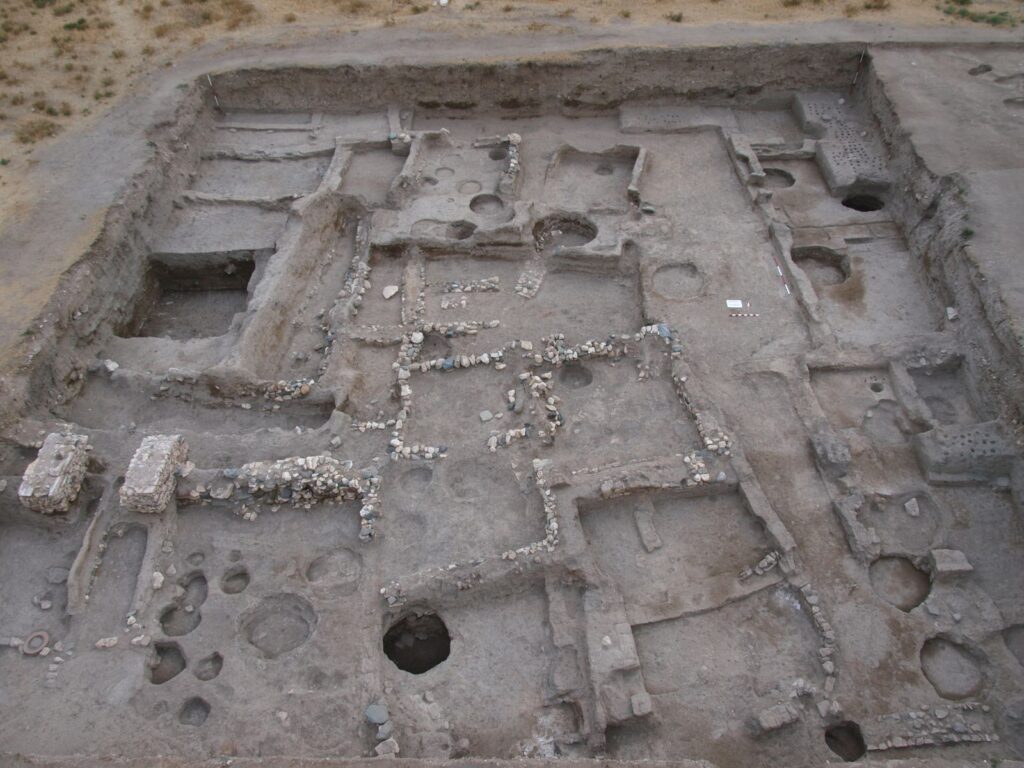
Each excavation season brings new discoveries, and the team is currently focusing on Hittite, Roman, Byzantine, and Hellenistic layers, with future goals to fully uncover the Phrygian strata and investigate the decline of the Hittite Empire in this region.
An Archaeopark for the Future
Beyond excavation, the team also envisions a bold future for Şarhöyük: the development of a public archaeopark. Prof. Dr. Baştürk believes this initiative will not only help preserve the site but also turn it into a vibrant cultural attraction for both local and international visitors.
“We’re not just digging up history — we’re preparing to share it with the world,” he notes.
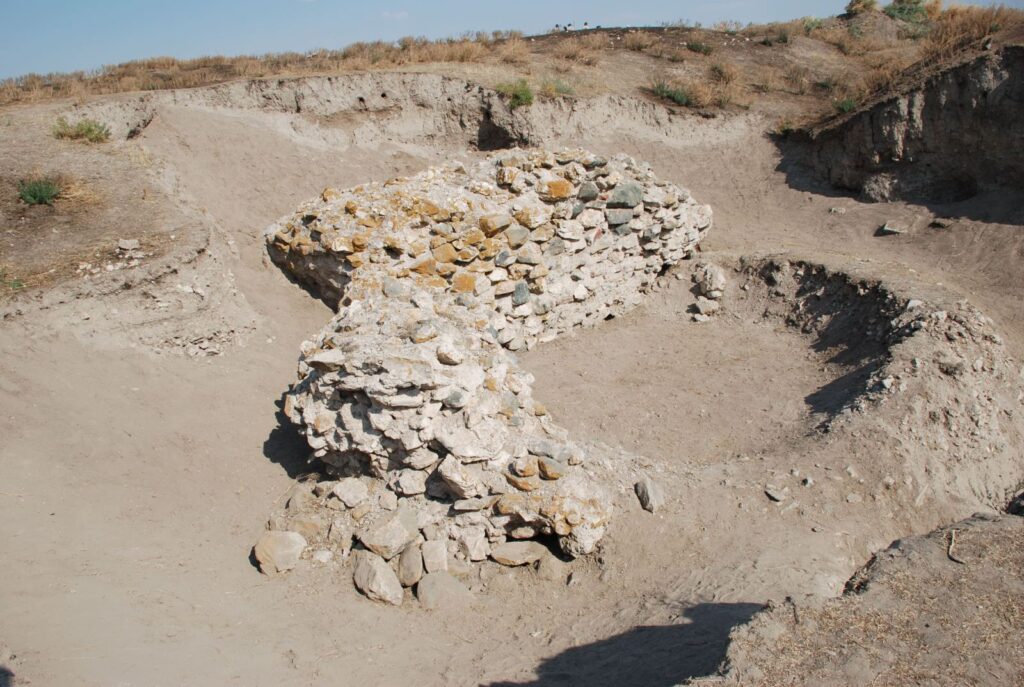
Conclusion: A Hidden Gem of Anatolian Civilization
Şarhöyük is a living timeline of Anatolian civilizations, offering unmatched insights into the rise and fall of empires that shaped human history. With its strategic location, rich layers, and future potential as a cultural heritage site, this ancient mound is poised to become a cornerstone of archaeological tourism and historical research in Türkiye.
For those seeking to explore the deep roots of Anatolia — from Hittite diplomacy to Byzantine defenses — Şarhöyük is not to be missed.
You may also like
- A 1700-year-old statue of Pan unearthed during the excavations at Polyeuktos in İstanbul
- The granary was found in the ancient city of Sebaste, founded by the first Roman emperor Augustus
- Donalar Kale Kapı Rock Tomb or Donalar Rock Tomb
- Theater emerges as works continue in ancient city of Perinthos
- Urartian King Argishti’s bronze shield revealed the name of an unknown country
- The religious center of Lycia, the ancient city of Letoon
- Who were the Luwians?
- A new study brings a fresh perspective on the Anatolian origin of the Indo-European languages
- Perhaps the oldest thermal treatment center in the world, which has been in continuous use for 2000 years -Basilica Therma Roman Bath or King’s Daughter-
- The largest synagogue of the ancient world, located in the ancient city of Sardis, is being restored

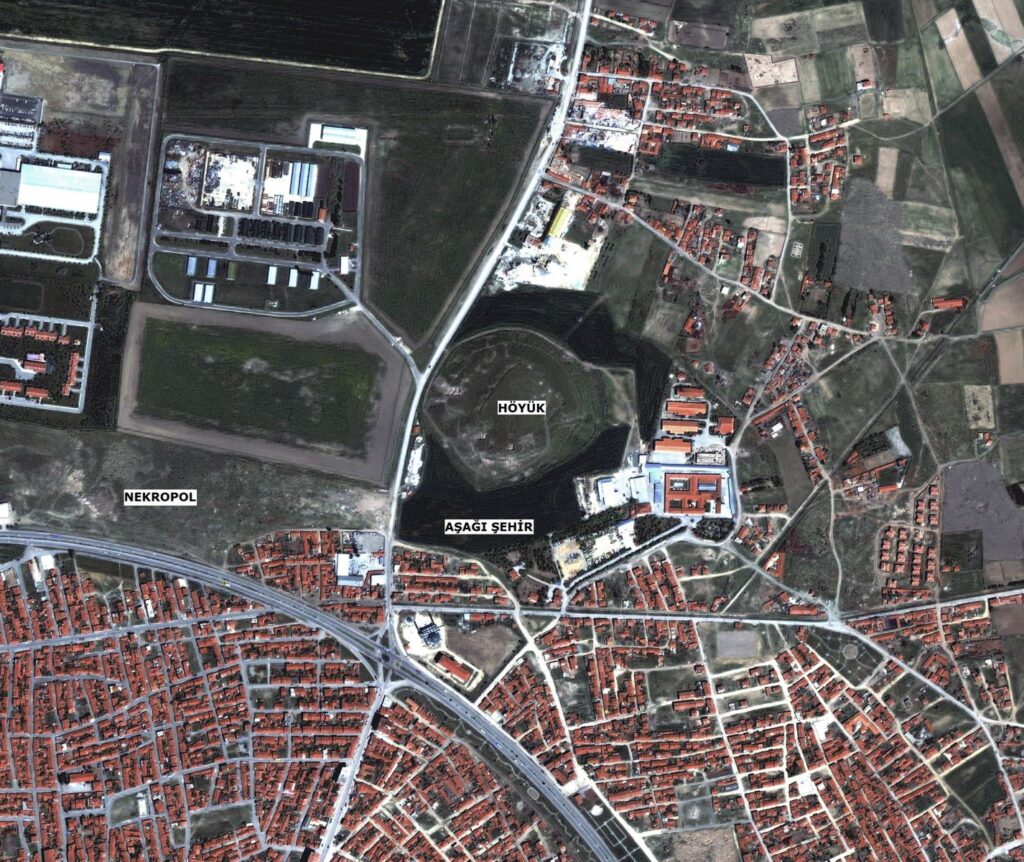
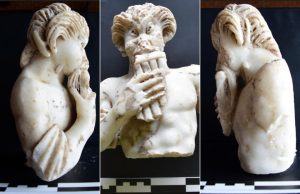
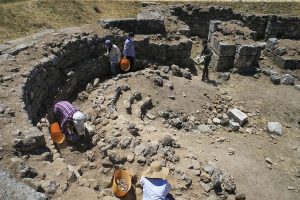
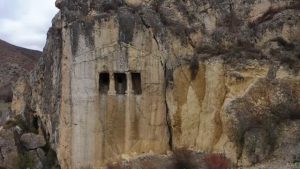
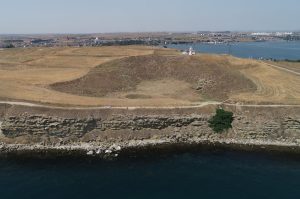
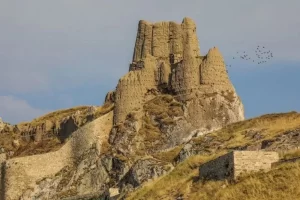
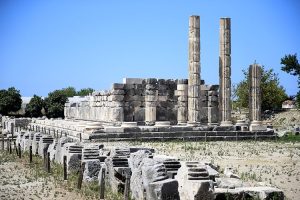
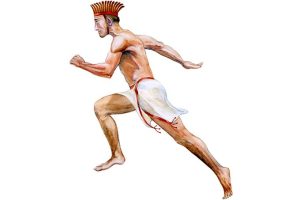

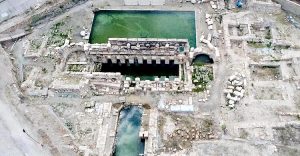
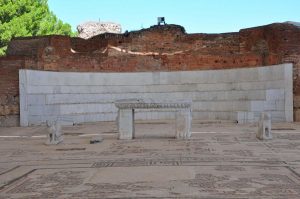
Leave a Reply